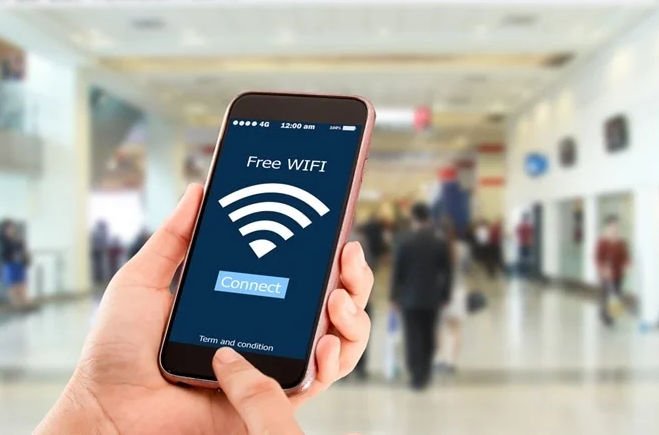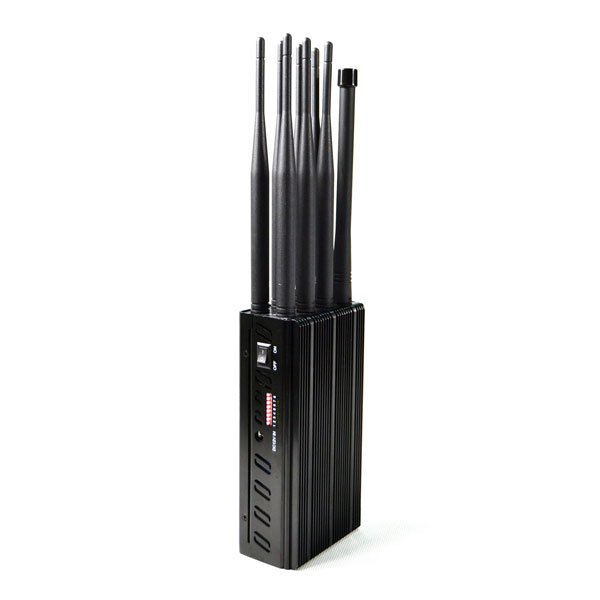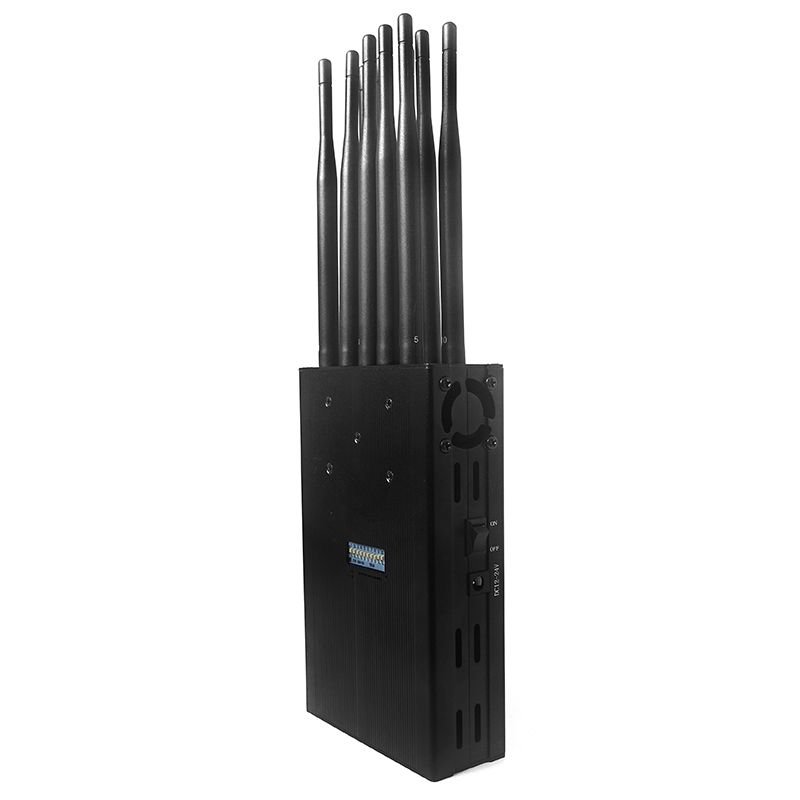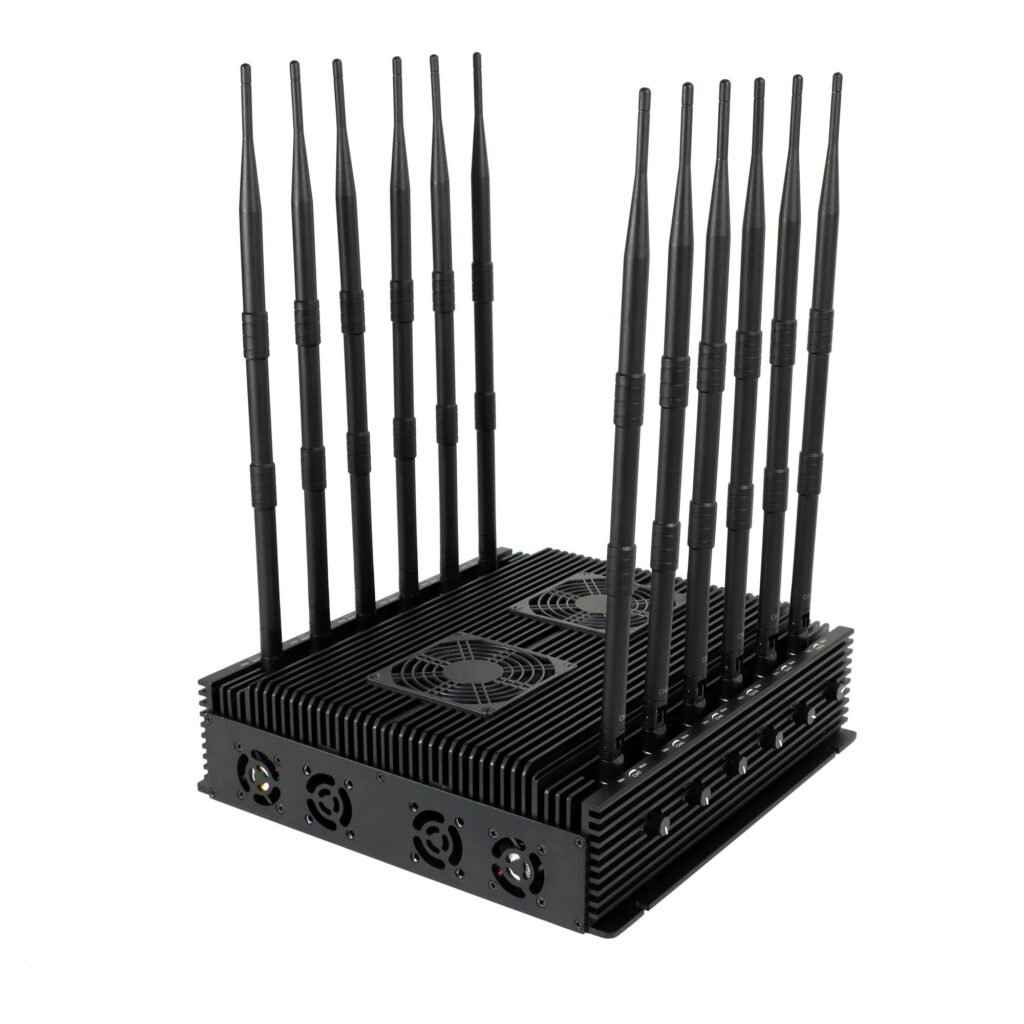With the increasing spread of wireless technology, WLAN has become an indispensable part of modern society. Whether at home, in the office or in public places, people are increasingly relying on Wi-Fi to communicate and share information. In my previous article "How do you secure your WLAN home network?" I have analyzed 9 ways to secure your home Wi-Fi network. However, there is controversy about the potential health effects of WiFi signals. I will discuss the potential risks of WiFi signals and the current state of scientific research.
The basics of Wi-Fi signals
Wi-Fi (Wireless Fidelity) uses radio frequency (RF) waves to transmit data and operates mainly in the 2.4 GHz and 5 GHz frequency bands. (I have previously analyzed the advantages and differences between the 2.4 GHz and 5 GHz Wi-Fi frequency bands. If you want to learn more about this, you can read "Advantages and differences between 2.4 GHz WLAN and 5 GHz WLAN" read.) These Wi-Fi radio frequency waves are non-ionizing radiation and their energy is not sufficient to destroy the atomic structure or damage DNA directly. In contrast, ionizing radiation such as X-rays and gamma rays have much higher energy and can cause cell mutations and serious health problems.
Even though the signal strength of Wi-Fi is low, there are still concerns about whether long-term exposure could have health consequences. Let's analyze the potential health risks of Wi-Fi signals.
Possible health risks of WLAN signals
1. thermal effect
Did you know that the absorption of radio frequency waves by biological tissue causes the molecules to vibrate and generate heat? This effect is seen with high power RF devices such as microwave ovens, but Wi-Fi devices operate at lower power and generally do not cause significant heating of biological tissue. However, some studies are still investigating whether long-term low-dose exposure can cause small thermal effects and possibly affect brain activity or other physiological functions.
2. non-thermal effects
Non-thermal effects refer to the fact that the effects of WLAN signals on the human body do not depend on temperature changes. For example:
- Changes in cell function: Some studies suggest that long-term exposure to radiofrequency radiation can trigger oxidative stress, which can affect cell health.
- Neurological effects: Some researchers believe that WLAN could affect sleep patterns, concentration and memory. However, these findings are not generally accepted.
- Problems with reproductive health: Some animal studies have shown that radiofrequency radiation could affect sperm quality or the reproductive system. However, studies on humans have not yet been able to draw a definitive conclusion.
3. electromagnetic susceptibility (EHS)
Do you suffer from headaches, fatigue or nausea in a Wi-Fi environment? Some people report symptoms such as headaches, fatigue, nausea and difficulty concentrating in Wi-Fi environments. This condition is known as electromagnetic susceptibility (EHS). However, science has not yet found a clear biological mechanism to explain EHS and the direct link with Wi-Fi signals remains controversial. I have met clients who WLAN jammer with low power to block the Wi-Fi signal in their room. The low-power Wi-Fi jammer suitable for this type of customer is SDPW6PRO.

Scientific research and regulatory standards
1. current status of scientific research
Most scientific studies do not currently come to the conclusion that WLAN signals pose any clear health risks to the human body. For example, the World Health Organization (WHO) and the International Commission on Non-Ionizing Radiation Protection (ICNIRP) concluded that Wi-Fi signals do not pose a significant health risk if existing safety standards are adhered to. I have read the reports of these authoritative organizations and most Wi-Fi signals do not pose a risk to human health.
However, some independent studies continue to investigate the long-term effects of Wi-Fi and other radiofrequency devices on the human body. Due to different research methods, sample sizes and environmental variables, the results are not consistent. Therefore, the scientific community is still conducting further analysis and review. If you are interested, you can also read some WLAN research reports from independent research institutions!
2. regulatory guidelines
Governments and international organizations have set safety standards to protect against RF radiation. For example:
- The ICNIRP (International Commission on Non-Ionizing Radiation Protection) sets safety limits for radiofrequency radiation to ensure that public exposure is well below levels known to be harmful.
- In addition, the FCC (Federal Communications Commission) strictly controls radio frequency exposure from wireless devices and ensures that they comply with safety standards.
These standards are based on current scientific knowledge and are designed to protect against known health risks. We can say that the signal you are using is safe as long as it meets these safety standards.
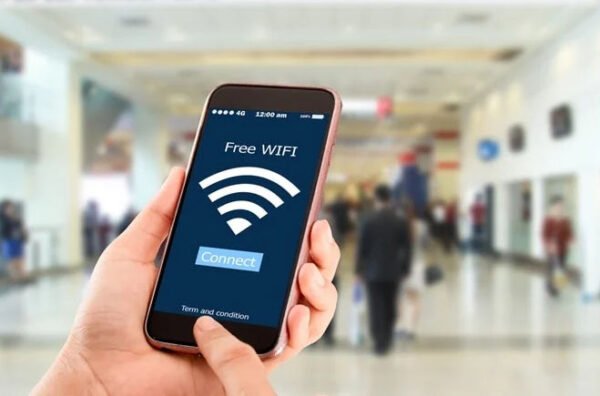
How can I reduce the possible effects of WLAN signals?
After reading my analysis above, you know that the Wi-Fi signals used in daily life are safe. Although recent research has found no direct health risks from Wi-Fi, those who are still concerned can take the following precautions to reduce exposure to RF radiation:
1. adjust the location of your WLAN router
- Do not place the router in bedrooms or areas where you spend long periods of time.
- Choose a well-ventilated location to avoid unnecessary strain.
2. restrict the use of WLAN devices
- If possible, use a wired connection such as Ethernet instead of WLAN.
- If you are not using WLAN, switch off your router or activate the "Scheduled switch-off" function.
- Switch your phone to flight mode when you sleep to reduce exposure to radio frequencies.
3. choose low-radiation devices
- Buy WLAN routers and wireless devices that meet international security standards.
- Choose devices that support modern encryption technologies such as WPA3 to reduce unwanted signal interference.
4. pay attention to the exposure of children and pregnant women
- As children's brains and nervous systems are still developing, it is advisable to reduce their exposure to Wi-Fi.
- To reduce unnecessary exposure to radiofrequency radiation, pregnant women can use a wired network at home.
5. use a WLAN jammer with low power
With a WLAN jammer with low power, you can block other WLAN signals in your room. Our SDPW6PRO fulfills your requirements. Its low output power is suitable for use in the bedroom.
Are the risks of WLAN signals a cause for concern?
Current scientific evidence shows that radio frequency radiation from Wi-Fi signals meets international safety standards and has little impact on human health. I think that most Wi-Fi signals in daily life are currently safe. However, due to the rapid development of wireless technology and the uncertainty of its long-term effects, its potential health risks need to be continuously investigated.

